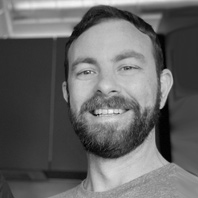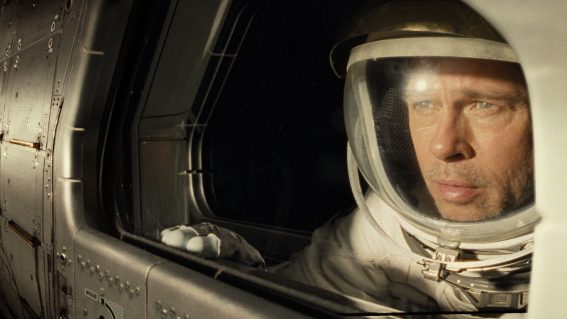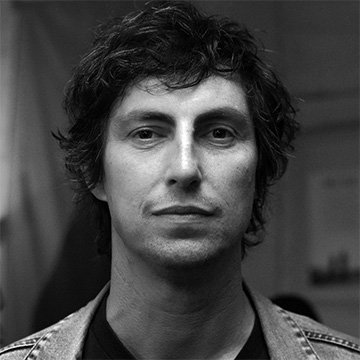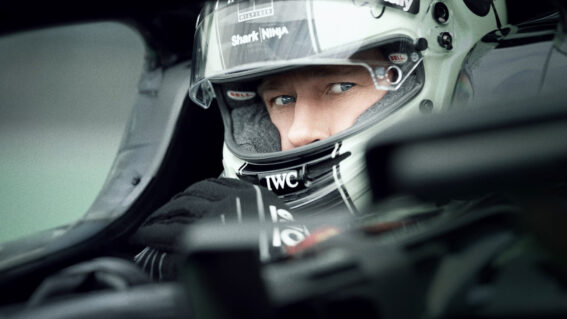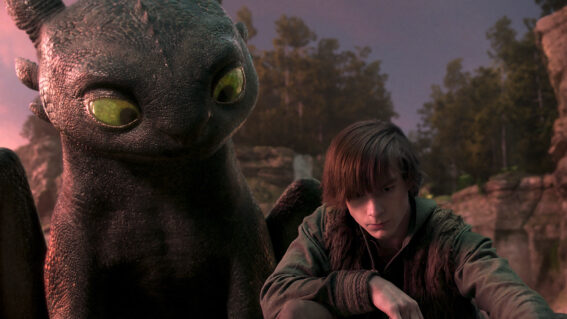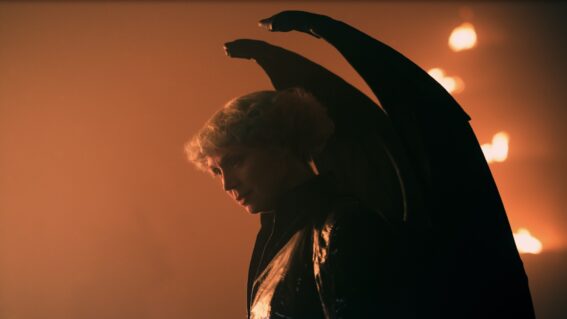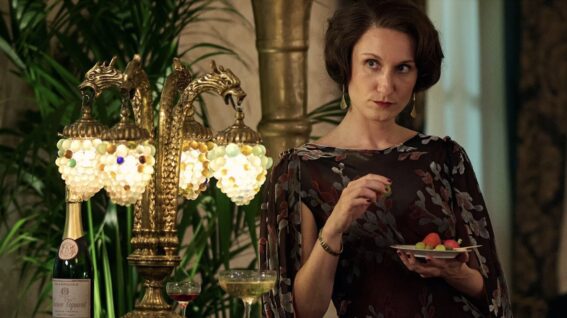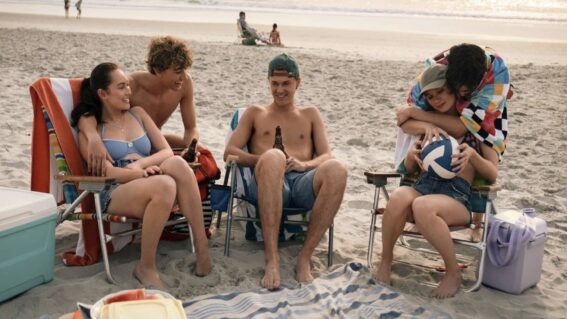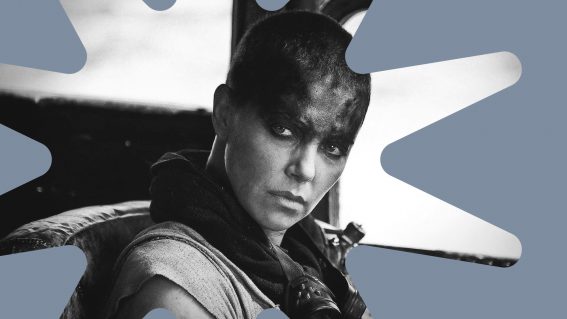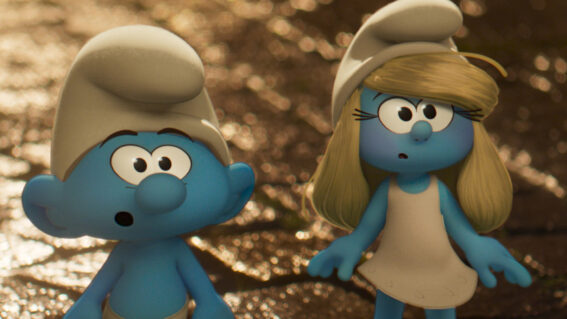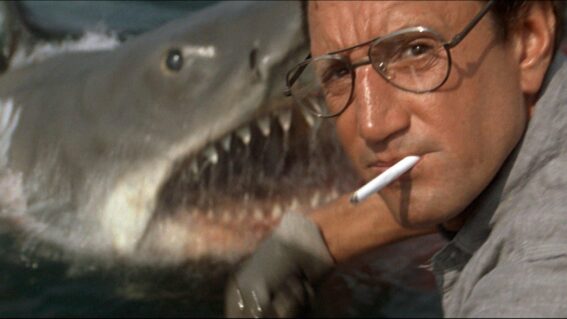The Last of Us is back, still making the greatest game franchise ever even greater
We reflect on an impressive first episode – and the challenges to come.
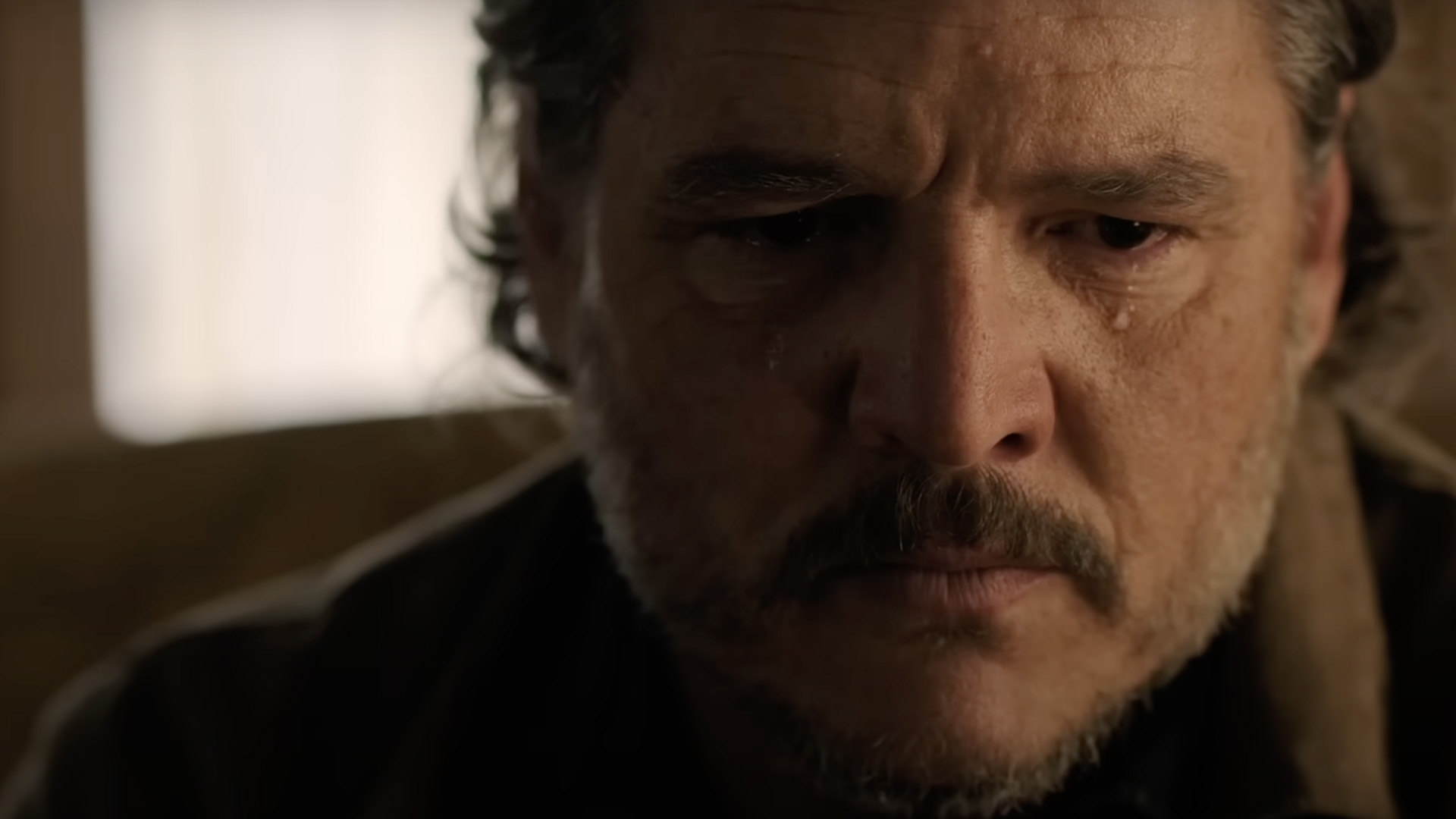
Back for its second season, The Last of Us continues to build and expand upon its beloved video game source material. Daniel Rutledge reflects on an impressive first episode – and the challenges to come.
There’s one scene in this episode that encapsulates a lot of what this show gets just right. It’s a great demonstration of how it can do a lot with a little, and is possible only after its careful building up of a fearsome bank of emotional stakes to draw from. It’s also a demonstration of this magic trick it keeps pulling where it makes the greatest game franchise ever made even greater. Where most adaptations dilute the source, The Last of Us deepens it. The show’s additions nearly always enrich the games, making them even more meaningful to return to.
The scene is also another demonstration of the immense talent of Pedro Pascal. It’s a therapy session that plays oddly comedic at first, thanks mostly to booze. But it grows swiftly in intensity until the tension explodes with three words: “I saved her”. Joel can’t say more about this ‘saving’ that he—and Ellie—are so upset about, but the tight close-up on his face draws on our knowledge of everything that happened in the first season to deliver a massive impact. His rolling tear, furrowed brow, tightened jaw and unbearably intense eyes portray so much—grief, guilt, shame, anger, pride… love.
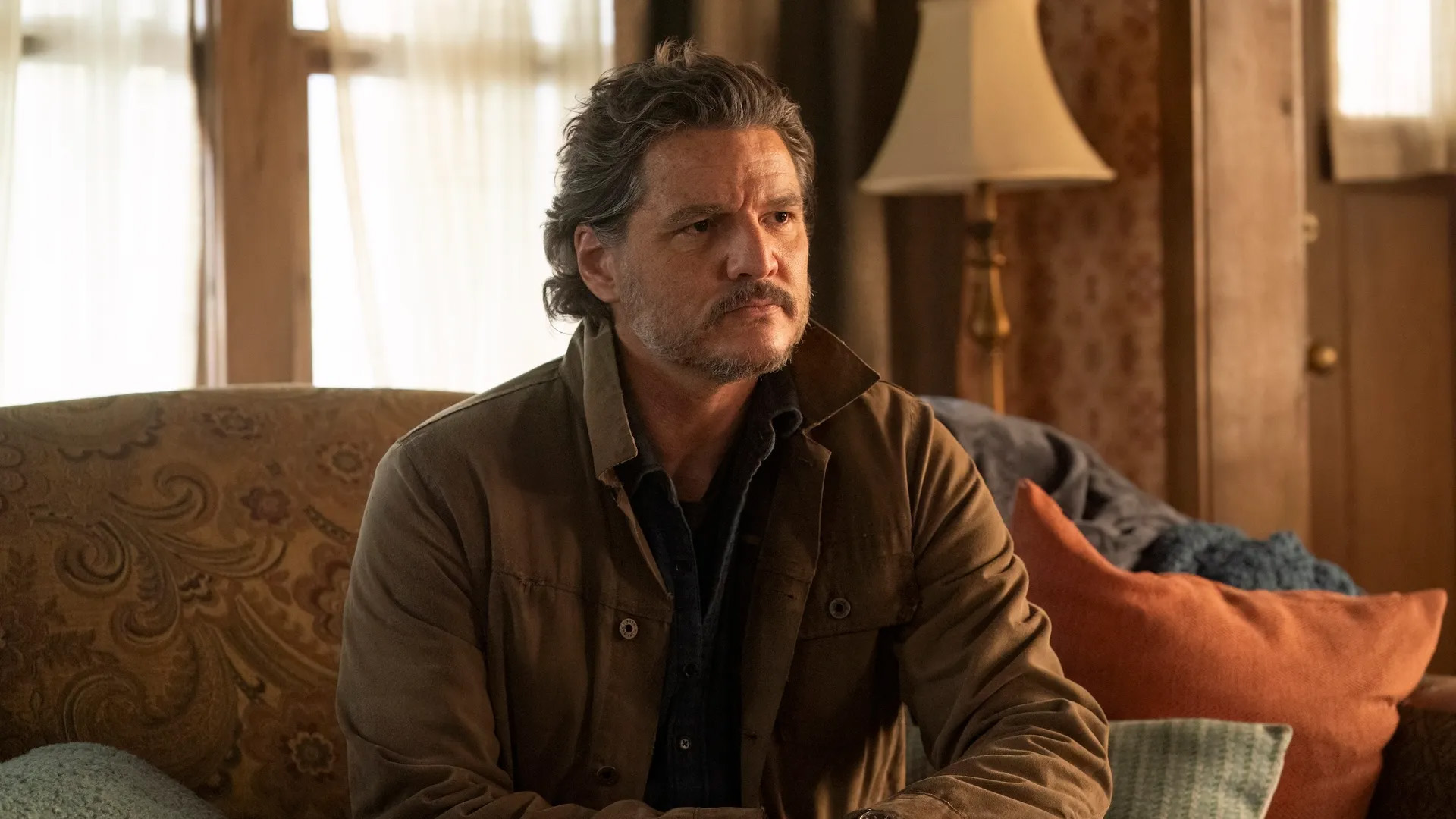
God it’s good to be back. That therapy scene happens around halfway through the episode, helping establish that Ellie is resentful and starting to unravel under the weight of Joel’s enormous lie. That climactic moment from the end of season one is replayed and expanded on in the opening moments of season two as the pair reenter Jackson, Wyoming. Then we flash forward five years.
Some of what happens in those five years is going to be revealed as flashbacks in the coming episodes, but by and large, life in Jackson has been good. Joel and Ellie have assimilated well into a thriving communist township that, despite the apocalypse, enjoys electricity, renewable food, services like healthcare (yes, including therapy), and relative safety. But in this world, safety is hard to find and harder to keep. The townsfolk must often venture out on patrols to keep the cordyceps-powered threat at bay.
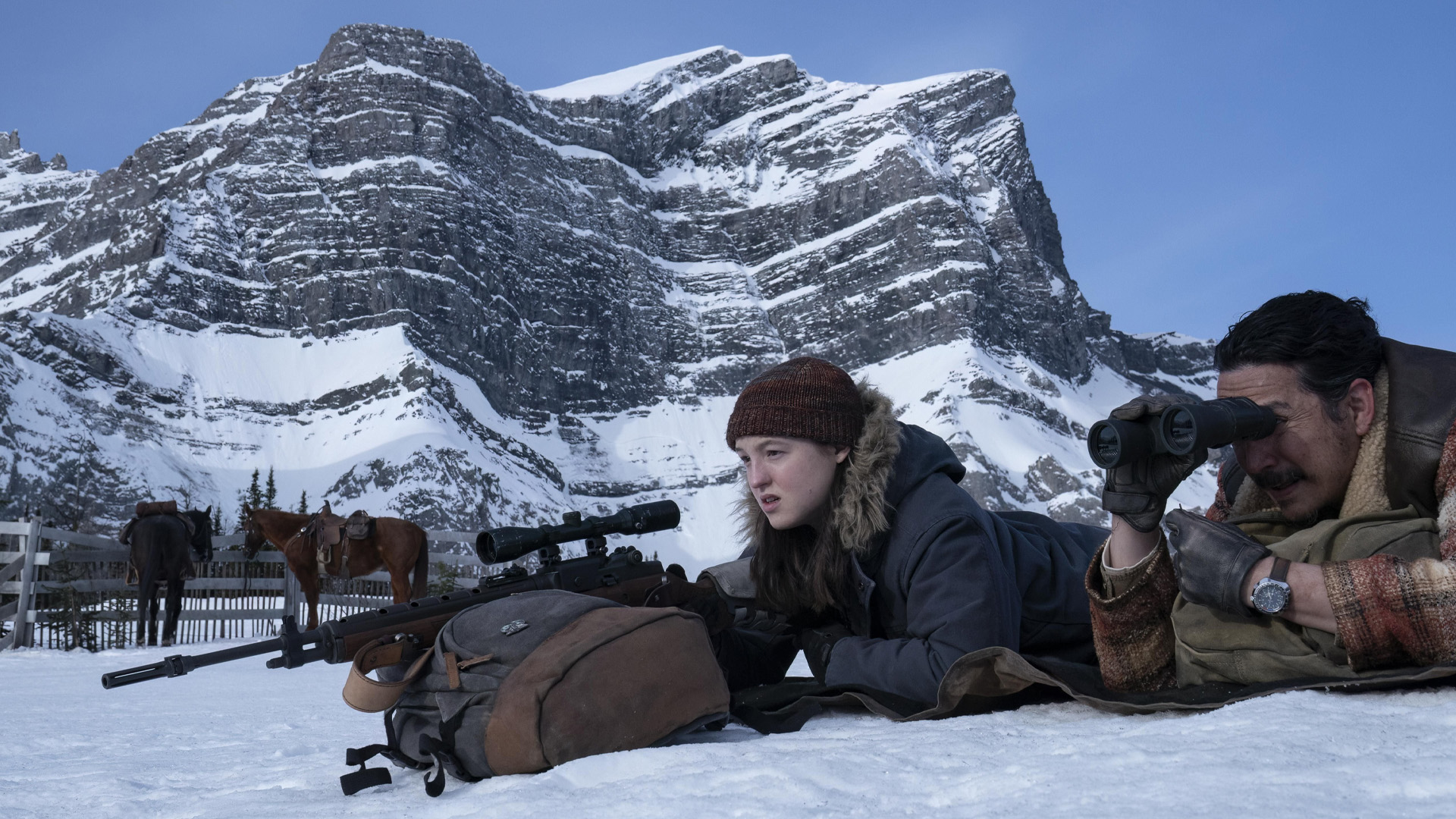
Such a patrol introduces us, surprisingly early, to our first ‘stalker’. These are smarter infected, introduced in the second game, that creep and stalk with an unsettling sense of strategy, using cover to hide, wait and hunt. It’s a cool way to evolve the inhuman menace of the show and in this episode makes for an awesome bit of horror filmmaking thrown into the more intense emotional drama.
As well as this new type of infected, we meet several major new characters, none more important than Abby. One of the most controversial characters in gaming history, Abby was also the most significant addition to the second game. Kaitlyn Dever’s casting means the TV show version doesn’t share the physicality of the Abby we played as, and the TV show also appears to be telling us her story much earlier.
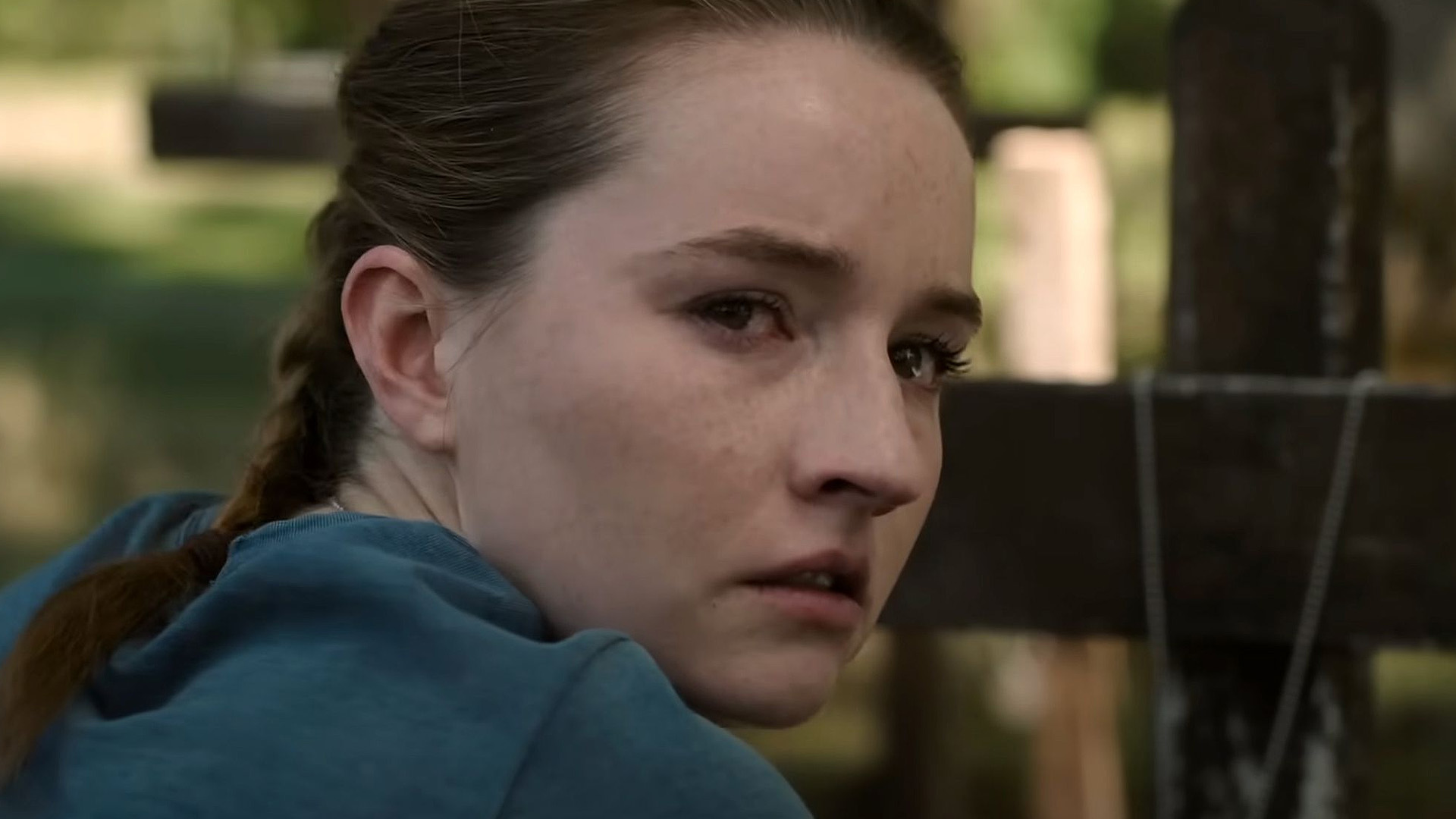
This means it’s already less audacious than the second game was in terms of narrative structure. That’s understandable given the different mediums, but part of what made the second game so great was the wildly unconventional way you played out Abby’s story.
The sequel wasn’t the classical, neat and tidy narrative structure of the first game and it’s difficult to imagine how they could have pulled a similar trick with the adaptation, but time will tell if it is a meaningful flaw. There’s virtually no chance the TV show won’t be as emotionally traumatic as the second game, and that’s what matters most.
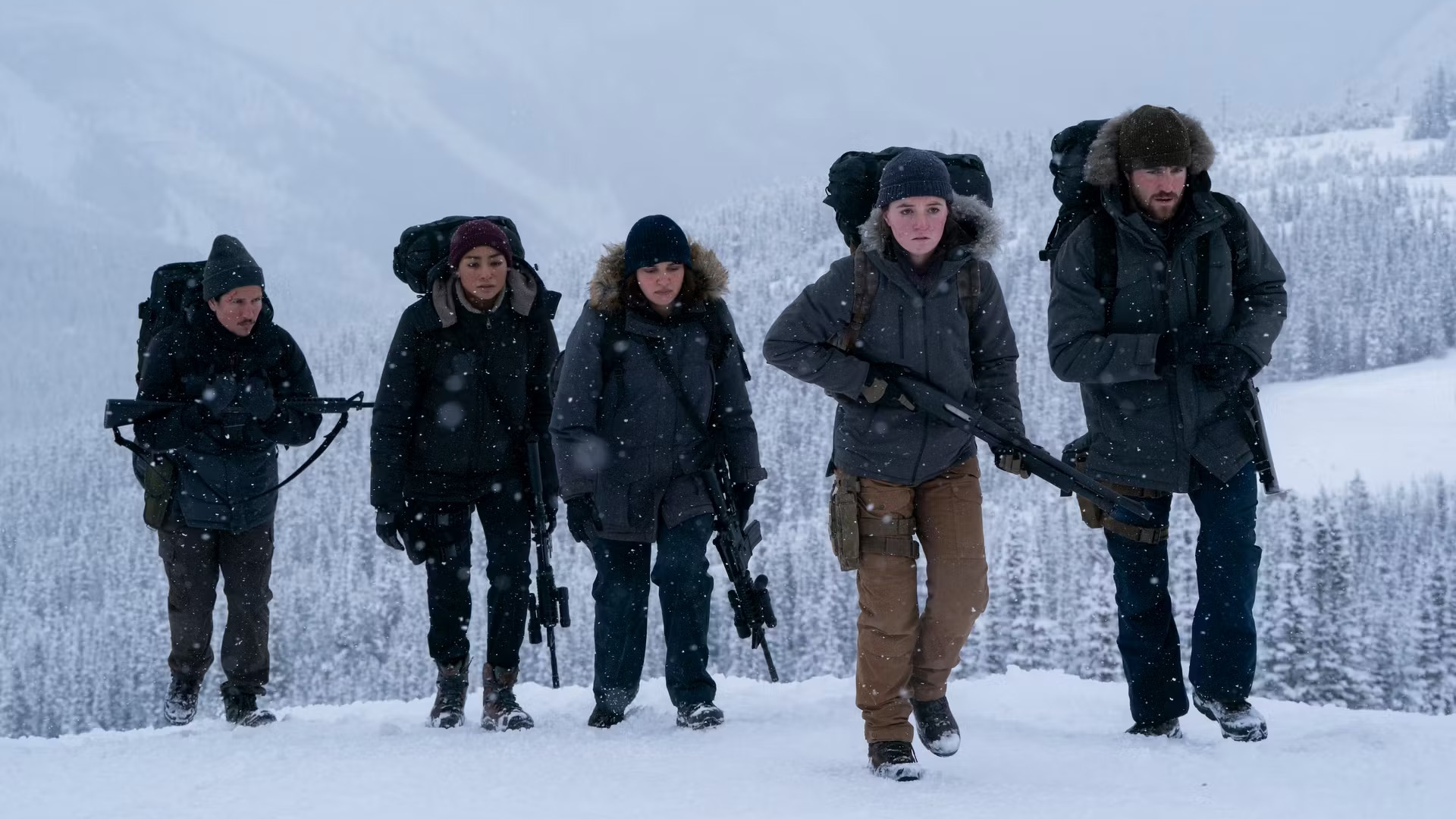
In a lovely move, the show brings back the giraffes of Salt Lake City, a reappearance we weren’t treated to in the second game. But their appearance is not the gorgeous moment of spiritual healing it was in the first game. They’re in the background as quite the opposite is happening, with Abby and her friends burying loved ones. She’s also metaphorically burying her old self as she vows to kill someone, and vows to kill them “slowly”.
This scene, along with the closing scene of the episode, centres on Abby’s face as it emanates violent fury. Director Craig Mazin doesn’t linger on her face quite like he did with Joel’s, but then we don’t have the emotional history with Abby yet. And it is long enough to tease what’s to come. Dever has proven she can carry serious emotional weight in shows like Unbelievable and Dopesick, and she’s off to a good start here.
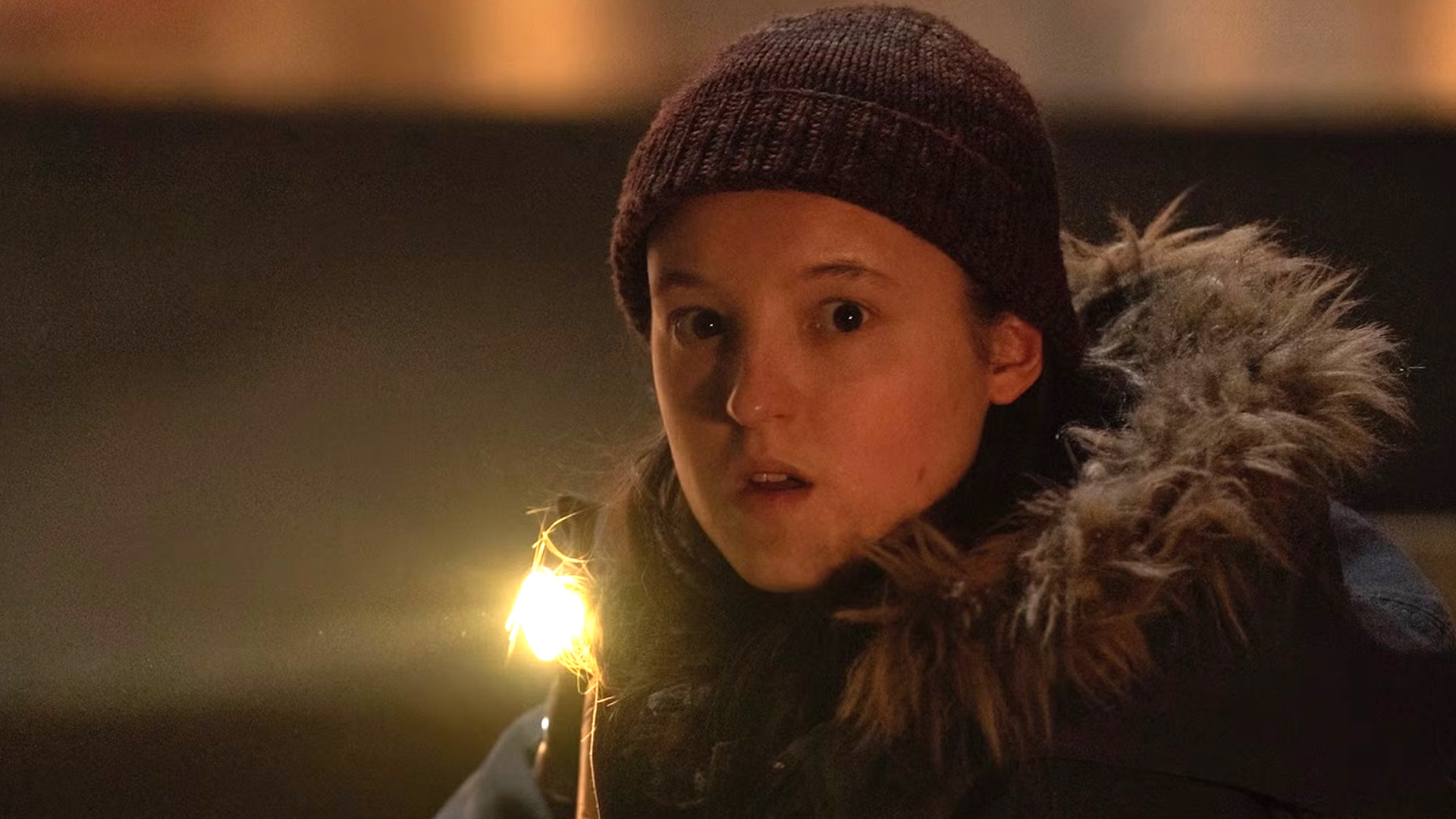
The Last of Us became HBO’s most-watched first season of a series ever. It added millions of new fans to the pool of millions who had played as Ellie and Joel, many of whom held those characters dearly in their hearts. Now the show is about to ask those viewers to, against some very extreme odds, make room for Abby in that same corner of their heart. It’s an enormous challenge and, while I’m nervous, this series has already made the impossible feel inevitable.
